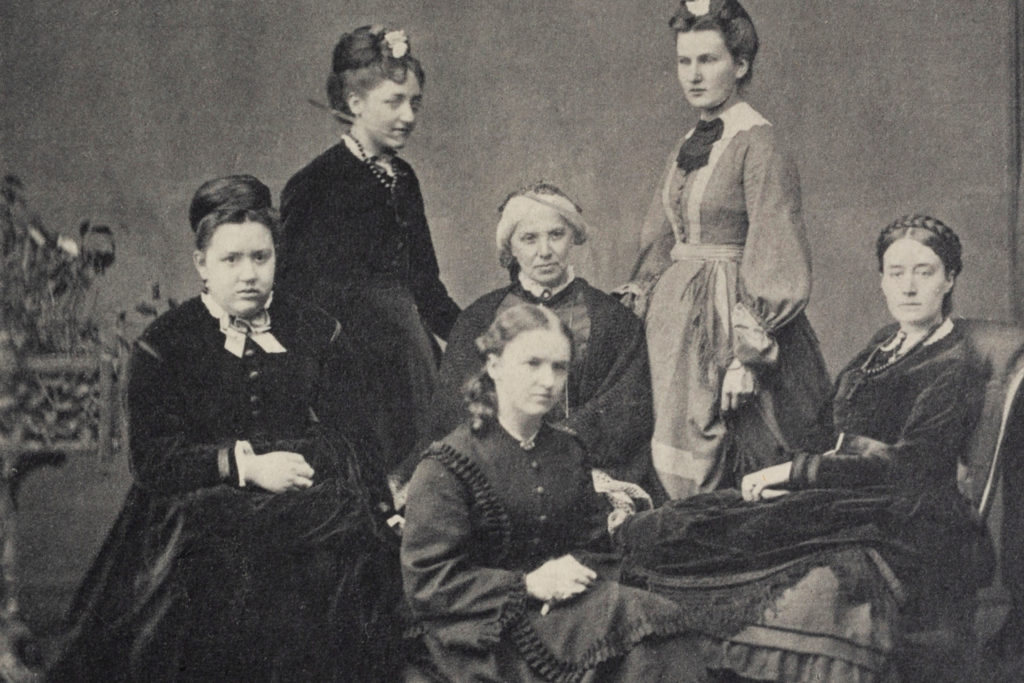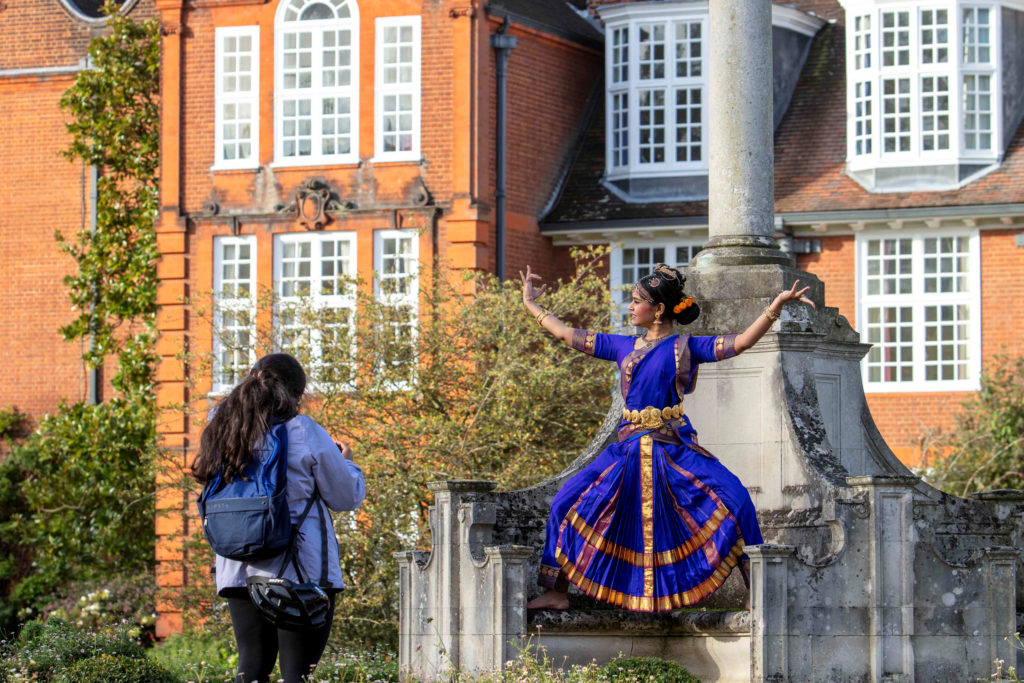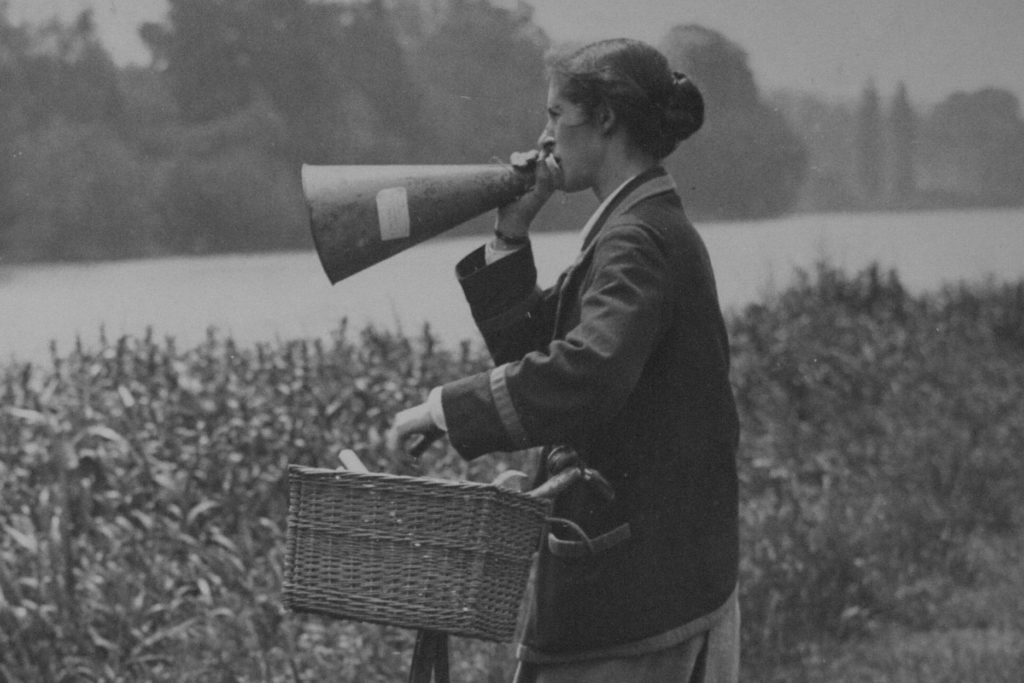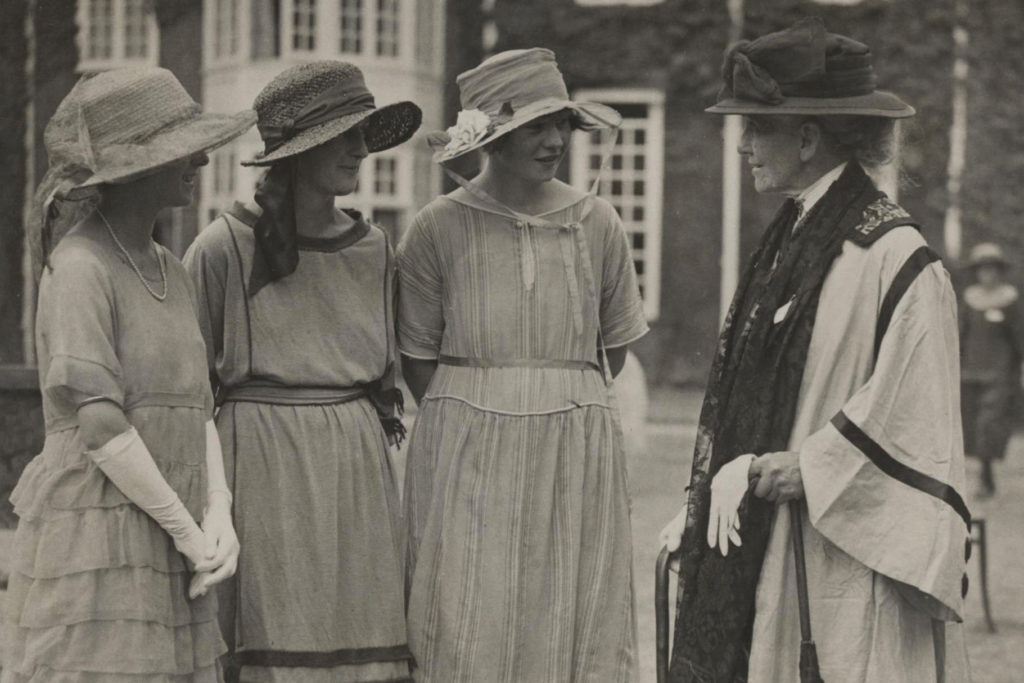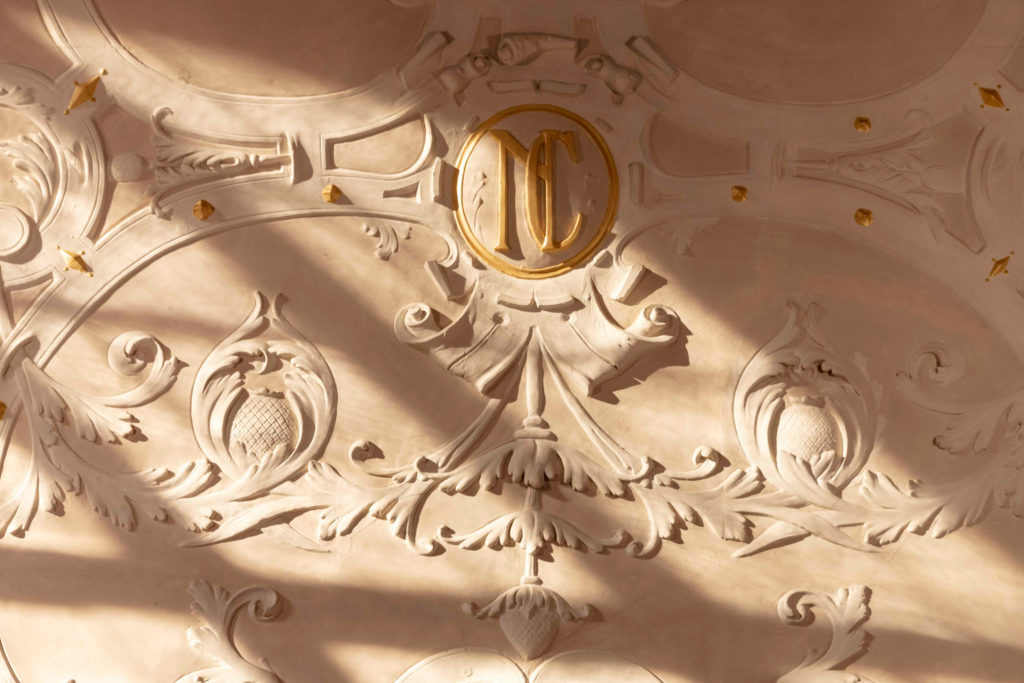Dr Gabriela Ramos – Historian
Gabriela Ramos, Fellow and historian of colonial Latin America, is campaigning to protect one of the most important Inca landscapes from further damaging development.
When we meet, Gabriela has just returned from a summer trip to Lucanas, a little visited area of Peru, exploring cultural treasures long inaccessible due to conflict in the region. She’s filled with enthusiasm both for the impressive colonial buildings and the potential discoveries to be made within the archaeological sites.
But the Peruvian landscape closest to her heart is much more widely known: the Sacred Valley of the Incas and the city of Cuzco, near World Heritage Site Machu Picchu. ‘I have known it since the early 1980s. I am fond of it not only because of its beauty and history, but it’s the first place I went to do research.’
Her research has focused on the transitions in Peru’s indigenous cultures and religions as people encountered European colonisers. Spanish colonisation would not have been possible without the participation of the Catholic church; the Pope expressly charged the Spanish with bringing the people of Latin America into the fold. Indigenous people were forced to convert to Catholicism, which brought enormous change to the most intimate aspects of people’s lives.
For most indigenous people of the colonial era, the only European they would encounter was the local parish priest, sent out from Spain on a mission to convert them. After having investigated changing attitudes towards death before and after conversion, Gabriela’s current research looks at how the parish as a physical and cultural construct developed in the ‘New World’.
‘I draw on archaeology, anthropology and linguistics, as well as historical methods, because the native languages had no scripts, so you need to use other types of sources and read the evidence from different angles to find out what their world was like before the arrival of Europeans. This world comes to us through a filter of Spanish culture, and of a western tradition of storytelling and historiography, always looked at from outside, so there is a lot of work of interpretation to do.’
Protecting Inca heritage
Gabriela’s greatest passion, however, is protecting Inca heritage from its many threats, including the drive for economic growth at all costs.
She is closely involved with the campaign against building a new airport in the Sacred Valley of the Incas, working with colleagues internationally. The Peruvian government plans to construct an airport in Chinchero, an area close to Machu Picchu previously declared as national patrimony. Chinchero village is beautiful: surrounded by snow-capped mountains and lakes, and the traces of Inca roads and terraces, with a colonial church built on Inca foundations. The airport would increase tourism even further, boosting the local economy. However, it will come at the cost of destroying important archaeological remains.
Historians and anthropologists teamed up with experts in other fields who have concerns about the practical viability of the proposal, and the effects of noise and air pollution on this fragile environment. Water is a particular concern: locals rely on lakes to provide their water supply, but developing the airport will strain the resource to its limits. Some specialists argue that the site is not even appropriate for the direct international flights that the government hopes for, due to its altitude and geography.
The group ‘Salvemos Chinchero’ (‘let us save Chinchero’) started a Change.org petition to the president of Peru. The petition was speedily picked up by the international media, with features in The Guardian, Le Monde, The New York Times among many others. It’s been an uphill battle, however. Politically, many interests are invested in the airport project, and a lot of money is changing hands, not all of it legally, in land speculation and building contracts.
It has been hard to find lawyers willing to take on the case, and the team began their own legal research to mount a challenge. Gabriela’s historical research came to the fore. She identified the potential relevance of the Amparo law, originating in Spanish colonial rule, developed in Mexico, and now adopted in Peru. Amparo (protection) law is a mechanism to demand protection when basic rights have been violated. Across Latin America, indigenous populations have used this law to defend themselves against oil and mining companies and to demand protection from the state for their land, water supply and more. As fires burn in the Amazon during the summer of 2019, it is inspiring to think of citizens standing up against big companies and corrupt governments to protect their heritage and way of life.
The move from academia to campaigning
‘We are going to persevere on this because it is an important cause.’ Gabriela says. ‘It’s highly demanding. Because I have lived most of my life in an academic environment, I wasn’t used to being called an idiot, or worse, on social media. But the international reaction was very important to us, and local support for what we are doing keeps us going. On social media, people who do not like what we are doing say, “you don’t get tired huh?” No, we don’t get tired. We post every day to keep up the pressure and eventually people start listening.’
For now, their immediate goal is to get all the paperwork together to present the case in court, in the hopes that a judge will decide to put a stop to the works while the case is being investigated.
The bitter irony is, of course, is that it’s people’s fascination with the history and beauty of Machu Picchu that may destroy both archaeological remains at Chinchero, and the fragile ecological balance of the valley. Meanwhile, as a historian, Gabriela Ramos will continue to play her role in bringing an erased culture back to visibility.

